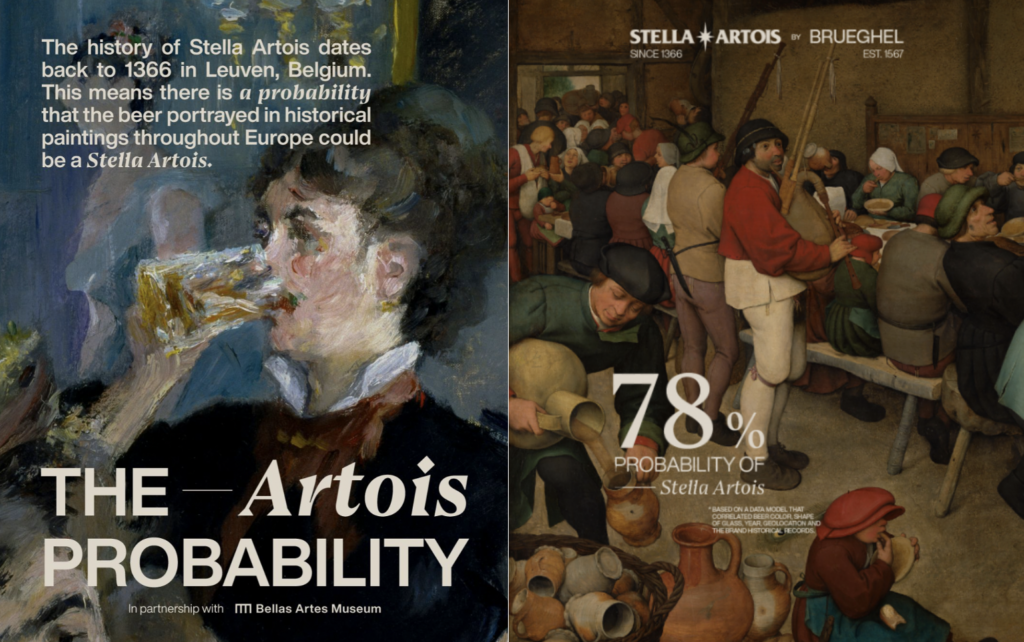Brandweek will feature live discussions with marketing pros at Dakota Media, Converse, UPS and more. Meet us in Miami Sept. 11–14 to boost your business and elevate your brand.
An inspiring runner with Down syndrome helped Adidas and FCB Canada take the Grand Prix at Cannes for the Direct category.
“Runner 321” is a campaign that urged marathons and race organizers to save bib No. 321 for runners with Down syndrome—the number represents trisomy 21, a full copy of chromosome 21, a number that correlates to Down syndrome.
Adidas was looking to make sports more inclusive, and they found a perfect star for the campaign in Chris Nikic, an Adidas-sponsored athlete with Down syndrome. Nikic is the focus of a short film, Rebellious Optimists, and he talks about running in the Boston Marathon, saying that every marathon should have a runner 321.
Chaka Sobhani, Direct Lions jury president and global chief creative officer at Leo Burnett, said that picking a winner out of the nearly 2,000 entries was a difficult task, stating that the winning work had to be authentic and scalable—not just a solution for one country. “It’s become one of the most creative and innovative and broad categories,” Sobhani said of the Direct category. “We saw absolutely everything.”
Direct gold winners
- Mondelez Europe (Oreo), “Oreo Cheat Cookies” by Saatchi & Saatchi Dusseldorf
- Marmite, “Baby Scan” by adam&eveDDB London
- Solar Impulse, “Pret a Voter” by Publicis Conseil
- Lalcec, “The Postponed Day” by Grey Argentina
- Oreo, “Oreocodes” by VMLY&R Commerce New York
- Mastercard, “Where to Settle” by McCann Poland
- Fondation Anne de Gaulle, “Anne de Gaulle” by Havas Paris
Creative Data Lions
Stella Artois has the oldest logo in the beer world, dating back to 1366. That’s a lot of history to cull from for any campaign, and Gut Buenos Aires decided to put data to good use to imagine what the drinkers of the beer from various eras would have looked like. Their efforts, which utilized art from over the centuries, landed them the Creative Data Grand Prix.
Gut developed an algorithm that analyzed paintings from different eras that cross-referenced data with the brand’s historical records to find the probability of the presence of Stella Artois in the paintings analyzed.
The campaign, which was created in partnership with the Bellas Artes Museum, was titled “The Artois Probability,” a collection of print and outdoor ads that showed the percentage probability of a work of art containing a Stella.


